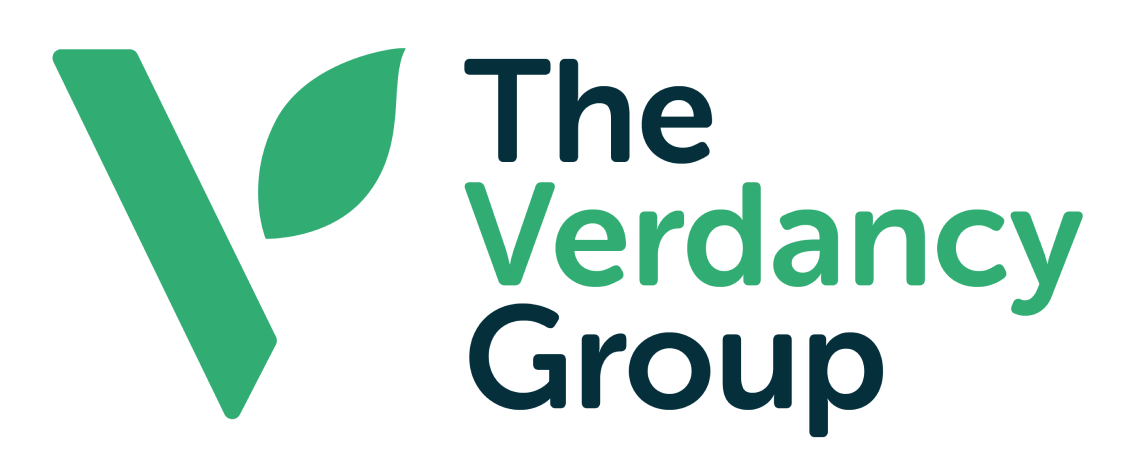Register for FY25
Full-Year Financial and Programmatic Results
COVID-19: Impact on Philanthropy


The Coronavirus pandemic has inspired help and support from all levels of society, from billionaires to corporations to individuals around the world, as the crisis brings us together with a common purpose, whether it is offering support to health care organizations and workers or a neighbor in the building who is unable to go out for groceries. Because much of what we are doing in providing these critical services is unfunded, many of us have looked to our donors and foundations for help.
There is a lot being discussed about demand vs capacity.
Aaron Dorfman and Bethany Maki from the National Committee for Responsive Philanthropy indicated that we are in “a perfect storm of nonprofit challenges including high demand, an uncertain economy, a constantly changing news cycle, and a real fear for the future. Nonprofit leaders must urgently strategize about how to help those affected while at the same time keep their organizations afloat.”
According to the National Council of Nonprofits, this perfect storm will continue for some time and will result in a growing awareness that “every nonprofit organization (and their board) must become active and vocal advocates for policies and funding to meet the needs of the most vulnerable.”
“Leading during times of turmoil, whether organization-wide or society-wide, can be demanding, bewildering, taxing, and exhilarating,” warns Alex Counts in the Chronicle of Philanthropy. “Today leaders must focus on ensuring organizational survival and adapting programs to the limitations and demands of this difficult moment.” While the nature of the work remains the same, in some cases the volume has changed dramatically. “In other words, it has required a major, rapid—and almost certainly imperfect—re-engineering of programs.” Counts is an adjunct professor of public policy at the University of Maryland and founder of Grameen Foundation.
So, what do we do?
- We should work hard to stay connected to our donors. At The Fedcap Group we are posting short videos from our Board Chair as well as others on our website (and other companies of The Fedcap Group) about what we are doing during this time of crisis and why we need our donors’ help.
- We should continue to tell the important stories of our work.
- We should hold video conferences with select donors.
- We should structure giving into smaller, monthly payments that automatically renew. This provides a stable and predictable income stream, and it provides a pool of baseline donors to move up the giving ladder.
- We should engage in significant digital philanthropy. With digital phones powering every human’s life, mobile donations are starting to become a trend in the world of philanthropy. Donors can contribute using their credit cards linked to the mobile payment systems on smartphones (i.e. Apple Pay, Android Pay, Samsung Pay), making transactions and sending donations easier than ever.
This unique time calls for creativity as we remain clear about our mission and leadership. Strengthening relationships—and improving communications with donors as well as our clients and staff—is more important than ever.
Share on
Share on facebookShare on googleShare on twitterShare on linkedin
-min.avif)


